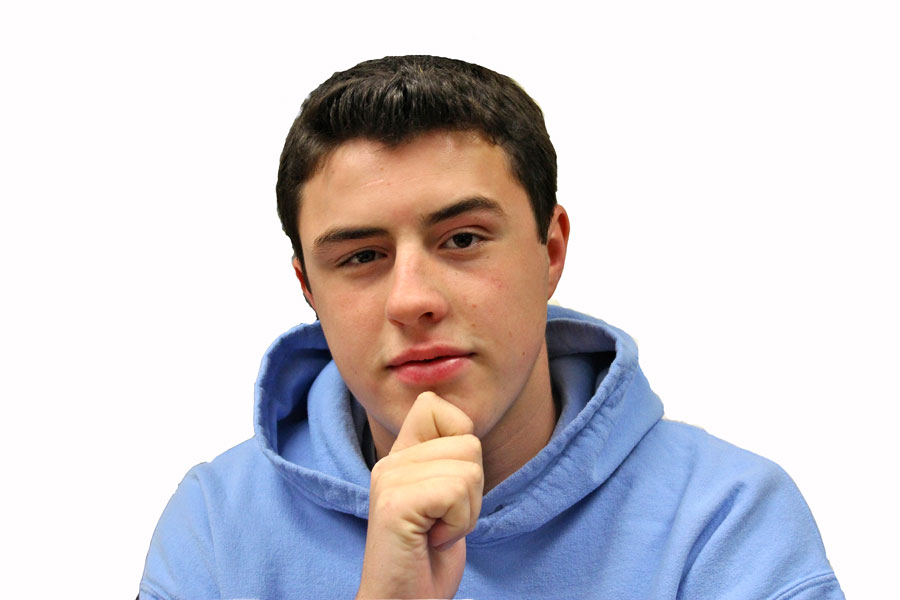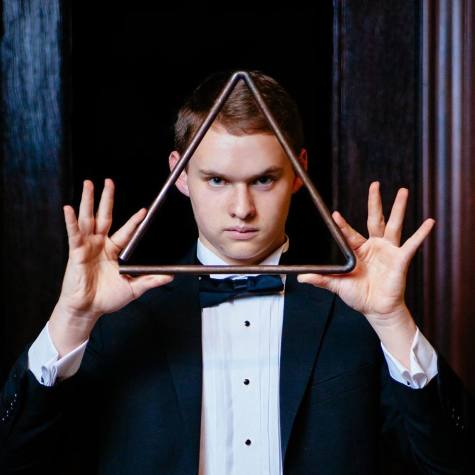Spotify limits potential of small artists
Spotify is a ripoff.
But not for whom you might think. Although the music streaming platform serves over 40 million presumably content listeners, the other side is struggling. The other side, of course, being the artists.
Of course, when I say artists, I don’t mean millionaires like Jay-Z, Katy Perry, or even Arcade Fire for that matter. In fact, these artists are doing quite well without the streaming service; Jay-Z sold somewhere in the neighborhood of 500,000 digital and hard copies of Magna Carta Holy Grail last year, without however much he made with Spotify.
The unseen struggle
If you answer “everything” to the question “What kind of music do you listen to?” you’re wrong. According to the company’s latest press release, there are 4 million songs on Spotify that have never been played. Let that sink in.
This means that 4 million studio sessions have gone completely ignored, and the artists haven’t been paid a dime. But what’s odd is that even if a song is played, the artist only makes a fraction of a penny every time.
According to TIME, the average song generates about between about $.0006 and $.00084 per stream on Spotify. The gains are then taken and distributed between everyone whom worked on the song: artists, songwriters, producers, and music labels.
So how is a mildly popular artist to make a living? If a song is streamed 20,000 times on Spotify (a respectable amount), the artist only receives about $3.75.
Gabriel Kahane is one of these artists, a singer/songwriter from Venice Beach, CA whose signature sound meshes classical undertones with modern folk-pop influences.
As unique as this sound is, the genre itself was essentially created by him, and doesn’t necessarily generate a massive following.
Kahane, who just signed a conditional record deal for Sony, released his third album, The Ambassador, last June.
He estimates that he makes about $7 every time he sells a hard copy of his album after one of his shows or on iTunes.
If you think about it, isn’t that what it used to be like all the time? You would buy an LP, or a cassette, or a CD, or whatever you wanted for anywhere from $7 to $20. Then, you would have album and that’d be it. You’d listen to it more than once because you spent money on it, and you actually thought about it before buying it.
Spotify, though it’s an excellent tool for discovering new music, prompts the listener to do one thing that can be detrimental to a listening experience: forget.
What good is learning new material in school if you can’t apply it on a test? The same question applies for music. Of course, with music, the “test” is a personal one; where the goal is to expand your music library. However, the principle is still the same, as artists whose albums you would purchase don’t make nearly as much as those whose work is streamed. Why would they?
As a listener, your options for music are endless, and more listens are bound to be netted from a purchased album than from a couple of songs from the album being streamed a few times, especially at the rate of $.0006.
Of course, the service is free and supplies you with nearly limitless music resources, so it seems it won’t be going anywhere. However, this doesn’t mean improvements can’t be made to give a little more support to the artist base.
A Kickstarter-inspired ad campaign, asking for small donations of $1, $5, or $10 when the listener returns to a song, would help compensate the artist for their effort.
This strategy would be able to help generate the income they deserve for the music on Spotify, while also helping them potentially fund their next album.
Or, of course, you could always just play it safe and use iTunes.
Your donation will support the student journalists of the Evanstonian. We are planning a big trip to the Journalism Educators Association conference in Nashville in November 2025, and any support will go towards making that trip a reality. Contributions will appear as a charge from SNOSite. Donations are NOT tax-deductible.






